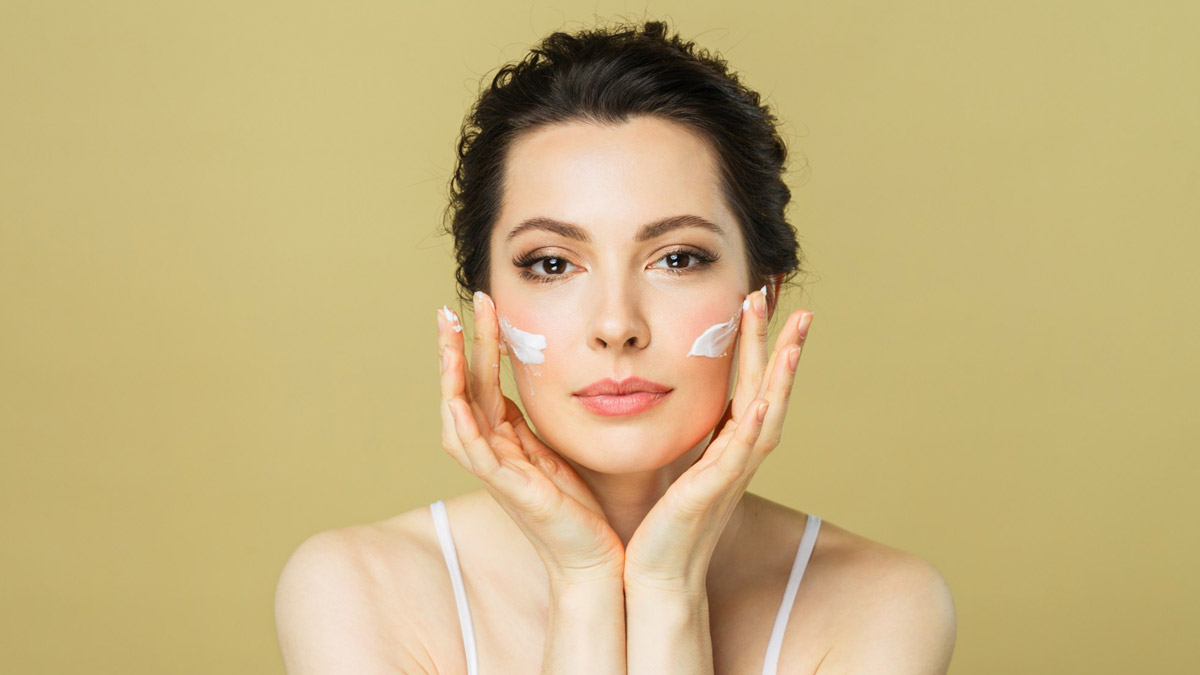Tretinoin speeds up this process, allowing for the removal of dead skin cells and the regeneration of new, healthy cells. This not only improves the overall appearance of the skin but also helps to reduce the appearance of acne scars and other blemishes.
Tretinoin is available in different strengths, ranging from 0.025% to 0.1%. It is important to start with a lower concentration and gradually increase as tolerated to minimize potential side effects such as dryness, redness, and peeling. It is also recommended to use tretinoin at night, as it can increase the skin’s sensitivity to sunlight.
While tretinoin is a highly effective anti-aging ingredient, it is not without its limitations. It may take several weeks or even months to see noticeable results, and it is not suitable for everyone.
Pregnant or breastfeeding women, as well as individuals with sensitive skin or certain medical conditions, should consult with a dermatologist before using tretinoin.
In addition to using tretinoin, it is important to maintain a comprehensive skincare routine to maximize its benefits. This includes cleansing, moisturizing, and protecting the skin from the sun’s harmful rays. Sunscreen is particularly crucial when using tretinoin, as it can increase the skin’s sensitivity to UV radiation.
In conclusion, tretinoin is undoubtedly the gold standard in anti-aging skincare. Its ability to stimulate collagen production, increase cell turnover, and improve overall skin health makes it a powerful weapon against the signs of aging. While it may require patience and consistency, the results are well worth it. So, if you’re looking to turn back the clock andTretinoin and Rosacea: Managing Redness and Flare-Ups
Rosacea is a chronic skin condition that affects millions of people worldwide. It is characterized by redness, flushing, and the appearance of small, pus-filled bumps on the face.
While the exact cause of rosacea is unknown, it here is believed to be a combination of genetic and environmental factors. One of the most effective treatments for rosacea is the use of tretinoin, a topical medication that helps manage redness and flare-ups.
Tretinoin, also known as all-trans retinoic acid, is a derivative of vitamin A. It works by increasing cell turnover and reducing inflammation in the skin. This helps to improve the appearance of redness and reduce the frequency and severity of flare-ups associated with rosacea.
When using tretinoin for rosacea, it is important to start with a low concentration and gradually increase it over time. This allows the skin to adjust to the medication and reduces the risk of irritation. Tretinoin is available in different strengths, ranging from 0.025% to 0.1%.

